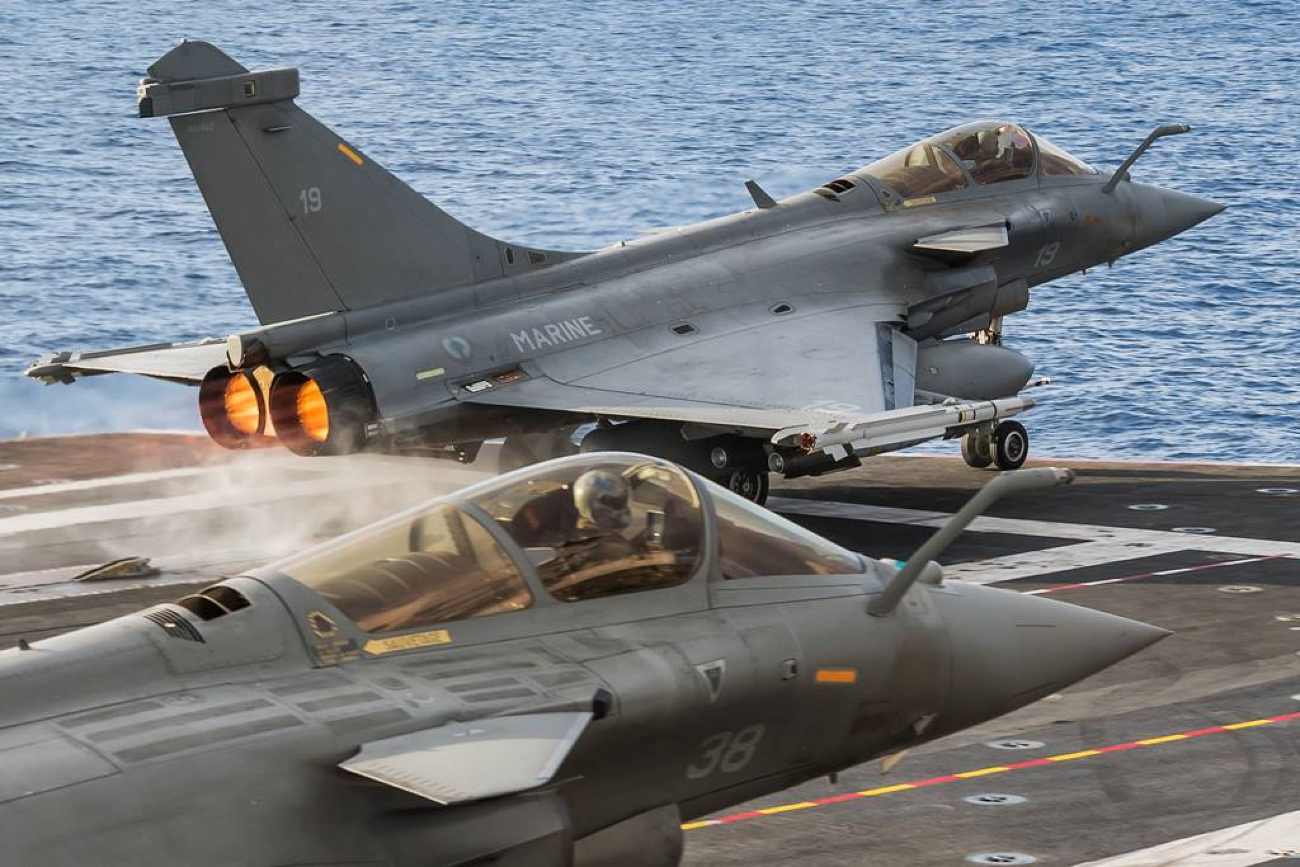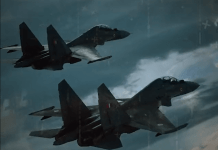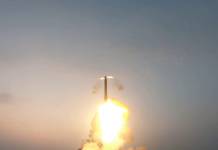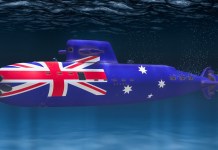Indian Prime Minister Narendra Modi’s US visit could drastically boost US-Indian relations. But the most awaited deal to purchase the carrier-based fighter jets for the Indian Navy clearly appears off the table.
It is indicated that Dassault Aviation’s Rafale-M (Marine) has edged out Boeing’s F/A-18 E/F Super Hornets based on interoperability with the Indian Air Force’s fleet. The existing fleet with its air force will help India to strike a better deal for its Navy.
The French Rafale was the first aircraft inducted into the IAF since the Russian Sukhoi Su-30 MKI entered the force’s fleet in 2002. It was purchased through a government-to-government deal.
It is indicated that now Rafale will take on the mantle of the frontline fighter jet for the Indian Navy from the Russian MiG-29Ks inducted into service in 2010. The IAF also flies MiG-29 UPG.
While talking to the EurAsian Times, an ex-Indian Navy pilot said that both aircraft are at par. “The only issue I can think of is that F-18 is a heavier aircraft, and Rafale M is lighter. So, when it comes to arrestor landing on the aircraft carrier, Rafale has more flexibility,” the naval aviator said, requesting anonymity.
He has flown both Rafale and Super Hornet.
However, he added that both the aircraft were able to meet the requirements stipulated by the Indian Navy during their shore-based demonstration in Goa. The Navy has already submitted a report after the flight tests to the Ministry of Defense, and it is expected that the deal will be announced during Prime Minister Modi’s maiden visit to France in July.
Rafale M and Hornets are locked in a dogfight for a multi-billion dollar deal to supply 26 aircraft to the Indian Navy for US $6.6 million. The initial purchase for the Navy will include 18 single-seat and eight twin-seater aircraft, which will be operated from both the INS Vikrant and INS Vikramaditya aircraft carriers.
Interoperability With IAF Is Rafale’s Key Advantage
Many experts have favored Rafale M for having the “multi-sensor data fusion” years ahead of its peers and have called out the F-18 for being an “old” aircraft.

However, officials familiar with both aircraft said that the Super Hornet Block-III aircraft is on offer, which also has multi-sensor data fusion similar to the Rafale-M and therefore is a “non-issue.”
The development of what was then known as the advanced Super Hornet started in 2011, got its shape in 2013, and became known as Block III in 2017. The US Navy plans to procure 78 new-build aircraft through 2033, with eventually all current 573 Super Hornets to be modified.
“What is being offered (the Super Hornets) to the Indian Navy is not old. The airframe will be brand new, and they are offering block III. That way, it is not old. One can look at it as the F/A-18 is an old horse that has flown so many missions and has seen everything,” the officer added. He points out that avionics upgrade is there and the US fighter jets might be more tolerant to “ruggedness” design-wise.
The Block-III Super Hornets have advanced Network Infrastructure using an improved computer (DTP-N), SATCOM, network throughput (TTNT), and sensor/platform integration, allowing large amounts of data on and off the airplane.
It also has the increased ability to receive targeting information from platforms like the EA-18G and the E-2D Hawkeye.

It also offers enhanced situational awareness through a new Advanced Cockpit System. A new 10×19-inch touchscreen display allows the pilot to see, track and target multiple long-range targets simultaneously.
Ultimately, it will all boil down to a political and strategic decision. “Since the IAF already flies the aircraft, it will help in interoperability and bring the overall costs for the country,” the Naval aviator added.
The Rafale M lacks a twin-seater variant.
“This disadvantage is also made for, as the IAF is already flying a twin-seater variant. The familiarization of the aircraft can happen with the air force. The naval pilots can undergo conversion on the IAF twin-seater Rafales,” the officer added. The French Navy also follows similar training routines for their pilots. Even now, the Indian Navy’s pilots initially train with the IAF.
“India can negotiate a better deal in terms of cost and maintenance logistics,” the officer added. India has had a wonderful experience in terms of the maintenance of French Mirages. The total requirement projected by the Indian Navy is 57 fighter jets. And a good initial deal will pave the way for more induction.
Big Emphasis On Interoperability
The IAF is currently operating 36 Rafale fighter jets deployed on its eastern and western fronts to take on its adversaries – namely China and Pakistan.
The numbers are significantly less. Initially, the IAF wanted to induct 126 fighter jets by 2006. Plans are in the offing to induct more fighter jets for the IAF, and it will likely be Rafale. In this scenario, the experts say, logistically, it makes more sense for the Navy to go with the French fighter jets.
The F/A-18 would have given the Indian Navy interoperability with the US Navy, but logistically it would have been a costly affair.
The commonality of the fleet and the resultant savings on training, repairs, and maintenance have tipped the scale in favor of Rafale Marine. It has 85 percent of the common features of the IAF fighter jets.
The 26 fighters that the Indian Navy is buying are only a stopgap until the country develops its own twin-engine deck-based fighter (TEDBF). The Navy is preparing a draft cabinet note for the design and development of TEDBF that India plans to operate from its aircraft carriers.
As per the timeline, the first prototype of TEDBF is likely to be ready around 2026, and its production could begin by 2032. The Navy is working with the Defense Research Development Organization (DRDO) and Aeronautical Development Agency on the TEDBF project.
- Ritu Sharma has been a journalist for over a decade, writing on defense, foreign affairs, and nuclear technology.
- She can be reached at ritu.sharma (at) mail.com




